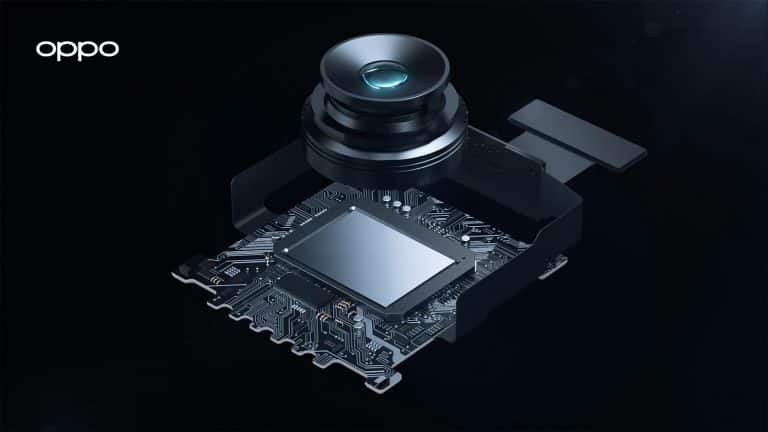To showcase its future advances in the field of mobile photography, Oppo organized its second camera-centric event in India on Thursday, which was attended by over a thousand people. Oppo has introduced what it calls continuous optical zoom, after the announcement of the latest generation of under-screen camera technology earlier this month. In addition to a new 85-200mm lens that is said to provide clear photos at every focal length without the need for digital zoom or software-driven image sharpening, this technology is also touted to be a significant improvement above what traditional telephoto sensors can deliver.
Oppo’s Simon Liu, director of imaging, explained that the company’s existing telephoto lenses make use of periscope lens technology to achieve high zoom levels without compromising on image quality. “Periscope lens technology allows us to achieve high zoom levels without compromising on image quality,” Liu said.
Oppo is altering the way lenses are produced to raise the quality to a higher level, one that is comparable to that of a professional camera. Oppo’s next telephoto camera will utilize glass and plastic lens technology instead of all polymer layers, including aspheric glass molding (2GM+5P) to “substantially enhance its optical characteristics.” Oppo’s next telephoto camera will use glass and plastic lens technology instead of all polymer layers.
When aspheric glass lenses are used in smartphone cameras, stray light is reduced or eliminated, as well as other optical problems are reduced or eliminated, resulting in significantly improved optical performance, according to Liu.
It would also require an updated position sensor, which would allow the lenses within the camera module to move with more stability and accuracy, resulting in an improved point-and-shoot experience with lossless zoom, according to the manufacturer. As well as this, a new shaft motor has been developed to boost dynamic tilt for easier lens movement, allowing for improved optical zoom at greater magnification levels.
With the aid of this new continuous optical zoom technology, Oppo will be able to phase out digital zoom completely, allowing optical zoom to take over for previously unattainable magnification levels.
Oppo is also working on enhancing optical image stabilization on mobile phones, thanks to its new five-axis camera technology. When recording video, the new technology employs both lens-shift and sensor-shift techniques to ensure that the sensor remains in the same location even when your phone is subjected to continual shaking. In addition, these two approaches take advantage of movement data from the phone’s gyroscope, which results in even greater stabilization overall.
In fact, Oppo claims that this technology will let the cameras achieve three times greater stabilization than is now possible with standard optical image stabilization (OIS) camera modules. This is comparable to Vivo’s optical image stabilization technology, which is driven by a gimbal and is already included in its phones. Oppo has stated that this new optical image stabilization technology would be available on its smartphones in the first quarter of 2022.
Finally, Oppo introduced a revolutionary picture sensor that does away with the traditional RGB pixel architecture in favor of an RGBW sub-pixel arrangement, where W stands for White. An additional white sub-pixel will be added to each pixel, increasing light sensitivity by 60 percent in a single unit.
According to Oppo, this new RGBW technology outperforms its predecessors by a significant margin. For consumers, it simply means improved light sampling in photographs, which is especially important in photographs taken in low light circumstances. As early as the fourth quarter of 2021, Oppo expects to see the new RGBW sensor in its phones’ cameras, according to the company.

